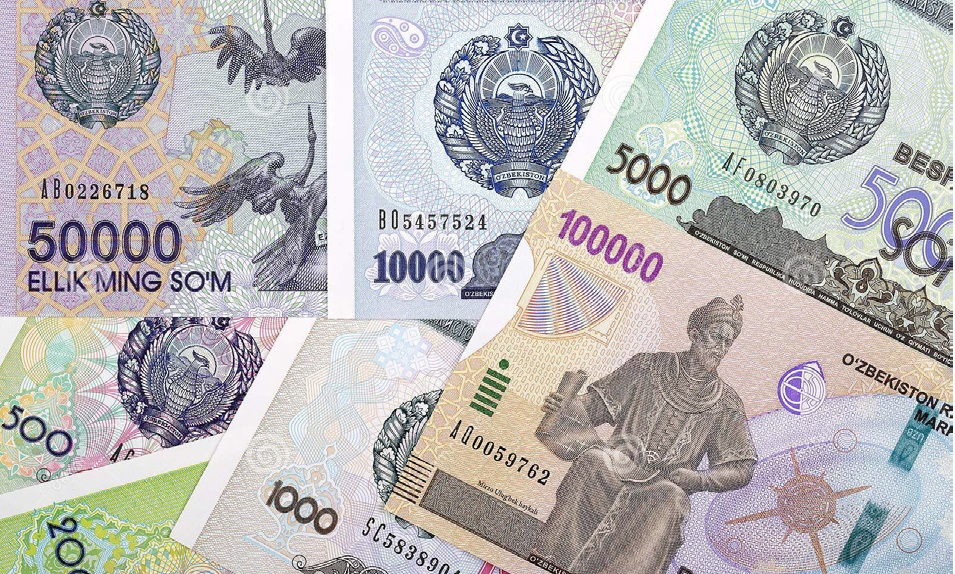By: Trends Editorial Team
Economic reforms in Uzbekistan have accelerated since 2017, when the government adopted a five-year development plan: the Action Strategy for 2017–21. The strategy aimed to liberalize the Uzbek economy. It designated the private sector as a key driver for the country’s economic growth and target to become an upper-middle-income country by 2030.
The government initiated several key reforms in implementing the Action Strategy, including:

•The foreign exchange market will be liberalized, and multiple exchange rates will be unification.
•Changes to the tax and customs system;
•Development of public-private partner reforms in the financial and banking sectors and privatization of state-owned enterprises are also planned.
•s (SOEs);
•Establishment of a more competitive environment in various sectors of the economy;
•Enhancement of mutually beneficial cooperation with neighboring countries.
In 2022, the government adopted a new national development strategy – “Development Strategy of New Uzbekistan from 2022 to 2026”.
The strategy envisages attracting $120 billion investments in the next five years, including foreign investments of $70 billion, with a focus on the power, transportation, healthcare, education, green economy, utilities and water management.
Other initiatives related to investments and businesses in the strategy include:
•Reforms in the agriculture sector and land use.
•Reforms in the education and healthcare sectors.
•Digitalization of the economy.
•Liberalization of the trade regime and possible access to regional customs unions and WTO.
•Implementation of far-reaching privatization programs and reforms on state-owned enterprises.



